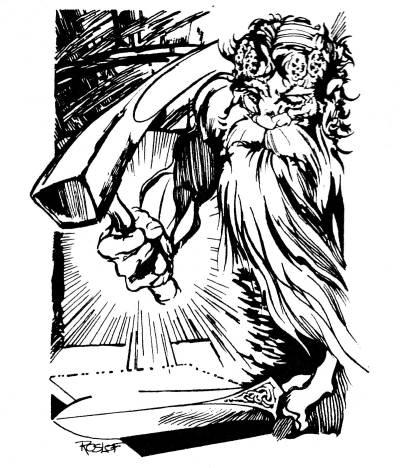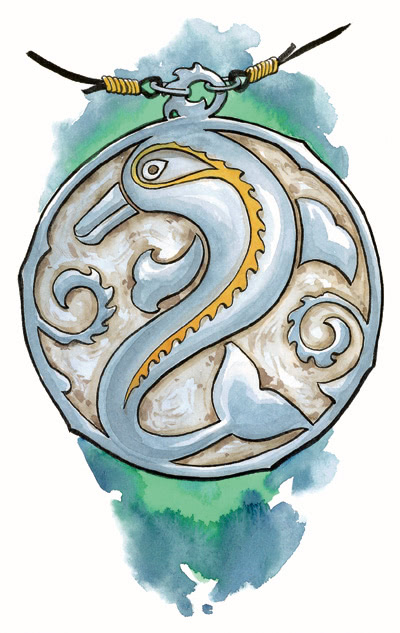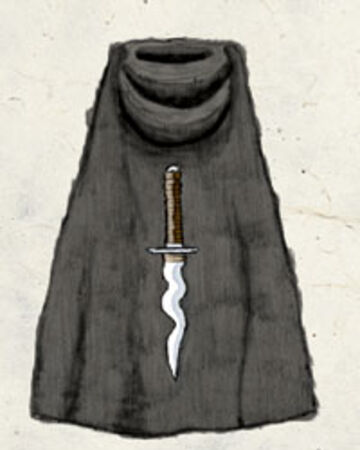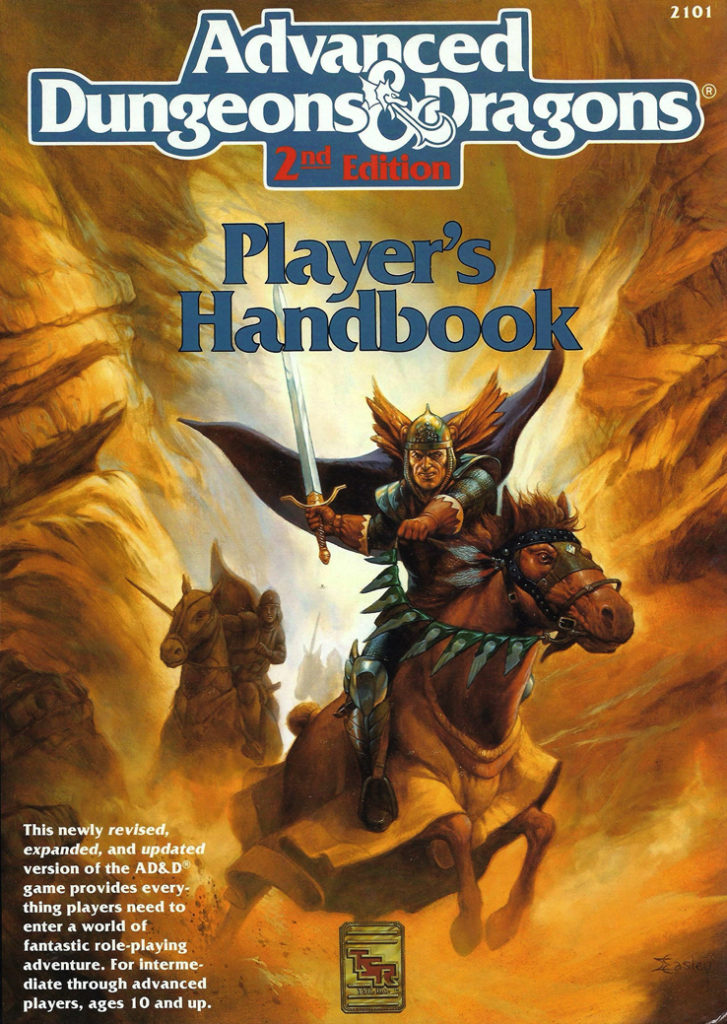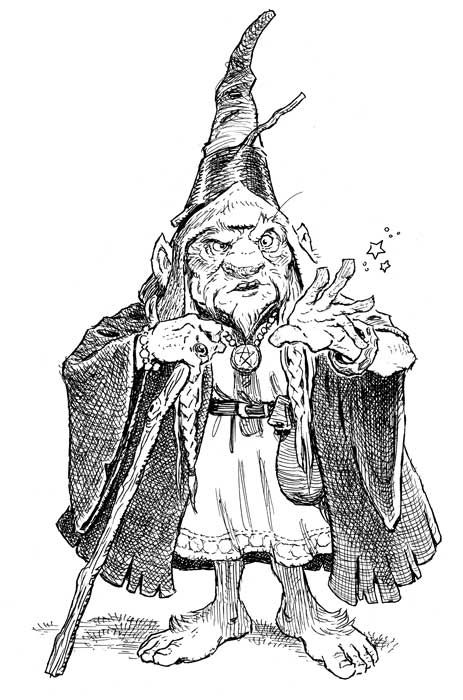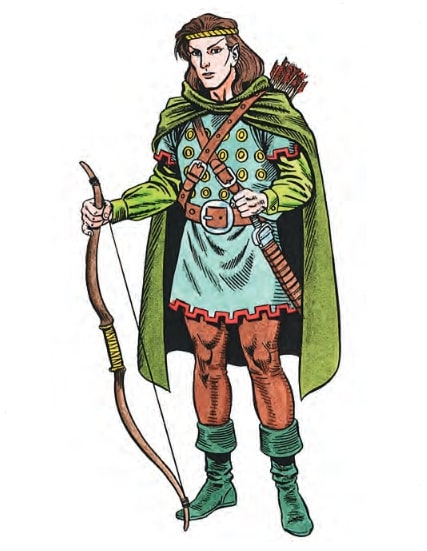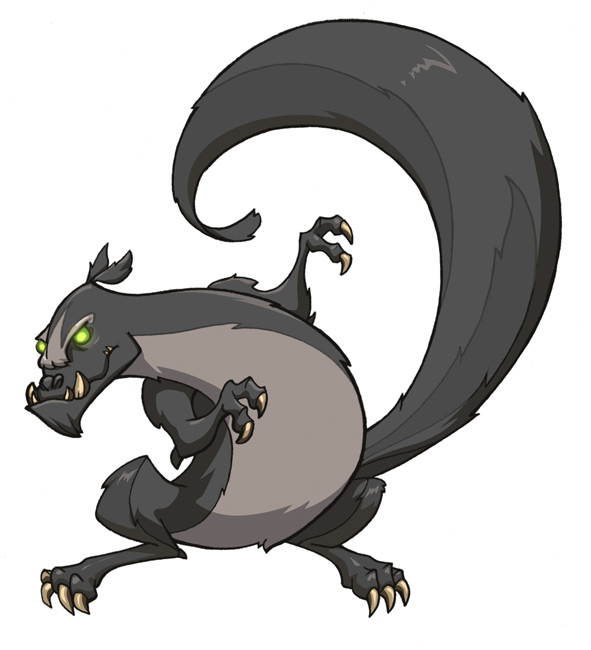Western Lands Pantheons
In my Tanelorn Keep Player’s Guide, I briefly describe five different pantheons common to the Western Lands. These pantheons each make their own ontological and theological claims. Side by side, these claims contradict each other, but few persons living in the Western Lands seem to care much about those contradictions.
The observant reader notices a couple of interesting facts about the available cleric spheres. One is that no deity grants major access to the Necromantic sphere. Raise dead, reincarnate, and resurrection are the stuff of legends in the Western Lands. The second fact is that no deity grants access to the Astral sphere at all. Planar travel is not impossible, but it is almost always the province of wizards.
Moradin Forge-Lord
Moradin Forge-Lord is the creator and chief deity of the dwarves. Almost all of his clerics are dwarves, although a smattering of humans and halflings pay homage to Moradin. Most of Moradin’s clerics are lawful good. Smaller numbers of them are neutral good or lawful neutral.
Ability Score Requirements: Con 13, Wis 9
NWP Requirements: Read/Write Dwarven, Speak Dwarven
Major Spheres: All, Combat, Creation, Elemental (earth and fire), Guardian, Healing, Protection
Minor Spheres: Charm, Divination, Elemental (air and water), Necromantic, Summoning
Weapons Allowed: Bludgeoning weapons plus battle axe, light crossbow, and arquebus
Granted Powers
Earth Sense: Information from your dwarven mining skills may simply spring to mind unbidden. When rolling 1d6 to determine success, add 1 to the roll, which means you are less likely to succeed. This does not apply to determining approximately depth underground, which still requires deliberate effort, but succeeds 4 times in 6 (see PH 21 for more information).
Smite Enemies: Once per day per cleric level, you may smite an orc, half-orc, goblin, ogre, troll, ogre mage, giant, or titan. Add one-half your cleric level (round up) to your attack roll. Add your cleric level to your damage roll if your attack succeeds.
Twin Hammers: You may simultaneously wield two warhammers in melee combat. You incur half the normal penalties for attacking with two weapons when using Twin Hammers (PH 96).
Deep Sashelas
Deep Sashelas is the creator and chief deity of the elves. Almost all of his clerics are elves, although a smattering of humans and halflings pay homage to Deep Sashelas. Many of Deep Sashelas’s priest are chaotic good, but substantial numbers of them are neutral good or chaotic neutral.
Ability Score Requirements: Dex 13, Wis 9
NWP Requirements: Read/Write Elven, Speak Elven
Major Spheres: All, Charm, Divination, Elemental (air and water), Healing, Protection, Sun, Weather
Minor Spheres: Animal, Creation, Elemental (earth and fire), Guardian, Necromantic, Summoning
Weapons Allowed: Bludgeoning weapons plus long sword, short sword, longbow, and shortbow
Granted Powers
Blood Frenzy: When you injure a living enemy with a successful weapon attack, you get a +2 bonus to your next attack roll against that enemy. This granted power does not function against targets that do not bleed.
Sailor’s Lore: You get a +1 check modifier to NWP related to water or shipboard life.
Water’s Embrace: When you become submerged in water, you immediately become affected by water breathing with a duration equal to one melee round per priest level.
Baravar Cloakshadow
Baravar Cloakshadow created the gnomes. Druids form the core of Baravar’s clergy. Except for the granted power described below, Baravar’s druids conform to the rules found in the PH, pages 35-38.
Granted Powers
Baravar’s Veil: Baravar’s druids do not receive a +2 bonus to all saving throws versus fire and electrical attacks. Baravar gifts his druids with the power to cast illusion/phantasm spells found on the wizard spell lists. Treat this ability as if your druid has minor access to an Illusion sphere, meaning your druid can cast illusion/phantasm wizard spells that are no higher than 3rd level.
The Nornir
The Nornir are three goddesses who control the forces of fate. They are served by druids, almost all of them human. Except as noted below, the Nornir’s druids follow the normal rules for that class.
Spells Allowed: Your druid serving the Nornir has All, Animal, Divination, Elemental, Healing, and Plant as major spheres. He has Weather as a minor sphere.
Via Lux
The Via Lux, the Way of Light, is the religion brought to the Western Lands by halfling tribes fleeing the collapse of civilization in the distant east. The leaders of the Via Lux are clerics who conform to that class’s description (PH 33-34) except as noted below. Unlike the other pantheons, the Via Lux welcomes all, regardless of race. Among its clergy can be found all of the PC races, although halflings and humans are the most common. Most clerics of the Via Lux are neutral good, but chaotic good and lawful good clerics are found among the Divine Light’s ranks.
Spells Allowed: A Via Lux cleric has no access to the Astral sphere. He has minor access to the Animal, Charm, Elemental, Necromantic, and Plant spheres. He has major access to the remaining spheres: All, Combat, Creation, Divination, Guardian, Healing, Protection, Summoning, Sun, and Weather.
